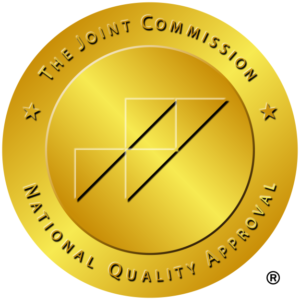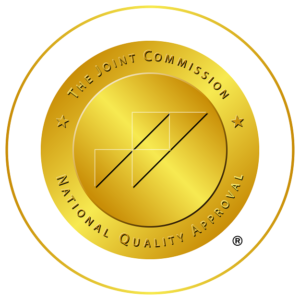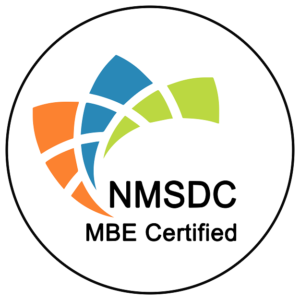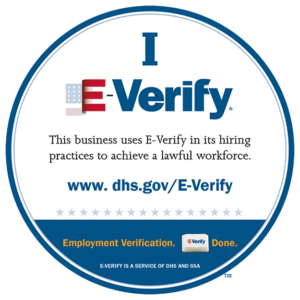Don’t Be Afraid Of Feedback From Your Employee Survey
Professionals in Human Resources are not typically to blame for workplace dissatisfaction and disengagement. They are the ones, however, who can initiate change and drive it. But, before you can formulate an improvement plan for success, you have to equip yourself with the knowledge of where the organizational vulnerabilities really lie. Is leadership the problem? Is it actually leadership at one particular location or department? You really can’t be sure without the strength of the data from an employee engagement and satisfaction survey.
Once you have collected the data and feedback from your employees, you can take action in smarter, more strategic ways that will improve the things that your unique employee group actually responds to, which are most impactful to employee engagement at your organization.
High productivity
Recently, LinkedIn published an interesting article that contains feedback stats. One study conducted by Gallup found that the profitability of managers who received feedback on their strengths was 8.9 percent higher. For another report, those who received input on strengths had attrition rates that were 14.9 percent lower than those receiving no feedback from employees. And lastly, a study found that teams with managers who received strengths feedback showed 12.5% greater productivity post-intervention than teams with managers who received no feedback. Increased profitability, lower turnover rates, and high productivity are all outcomes of the feedback given and received.
But, they mentioned only feedback from strengths, so that’s just the good stuff, right? According to the report, 92 percent of respondents agreed with the statement that Constructive feedback is successful in enhancing performance if provided appropriately. So, listening to the negative stuff can also be a catalyst for positive change.
Ensure your respondents’ identities
Since we are on the subject of apprehension, it is worth noting that your employees may be as afraid to provide you with honest feedback as you are to hear it. That is why, in surveying your employees, the number one rule is that anonymity must be protected.
Ensure that the identity of the respondents can not be connected to their answers by using a third-party provider who is skilled and experienced in managing, securing, and providing input to employees. Restore the confidence of employees, and then act on that faith. Don’t try to match feedback with people, but analyze the findings and try to holistically improve the problem areas.
Conclusion
Knowing what your Employee Survey think is potent! You should recognize concerns such as inadequate management, communication breakdown, and mounting plans to leave your company before costly turnover affects your company.














